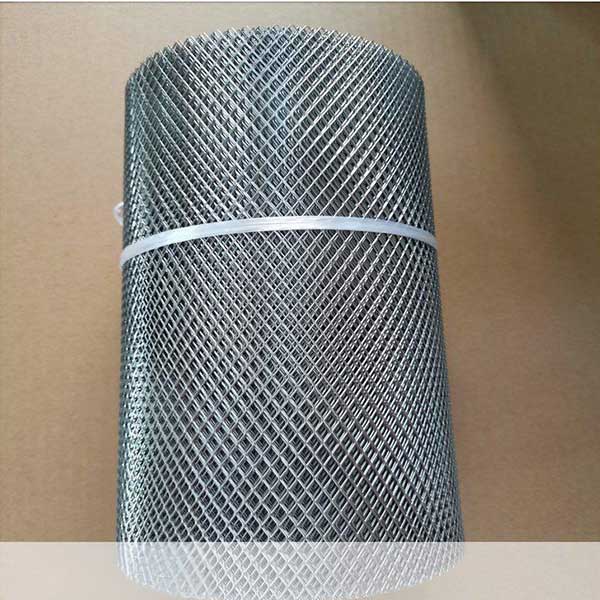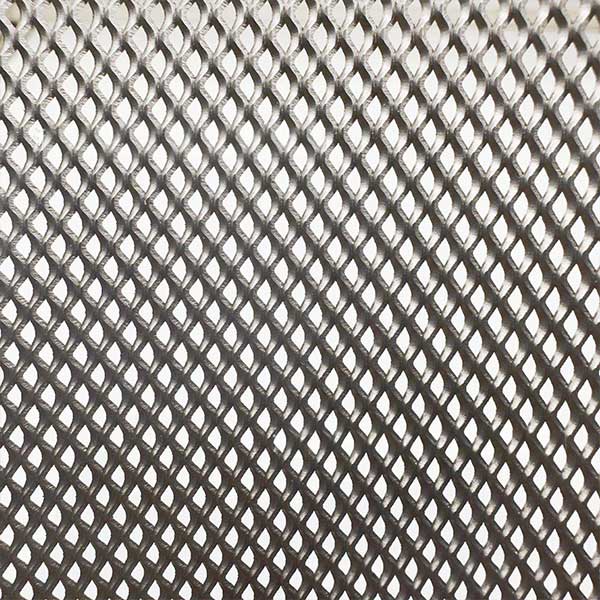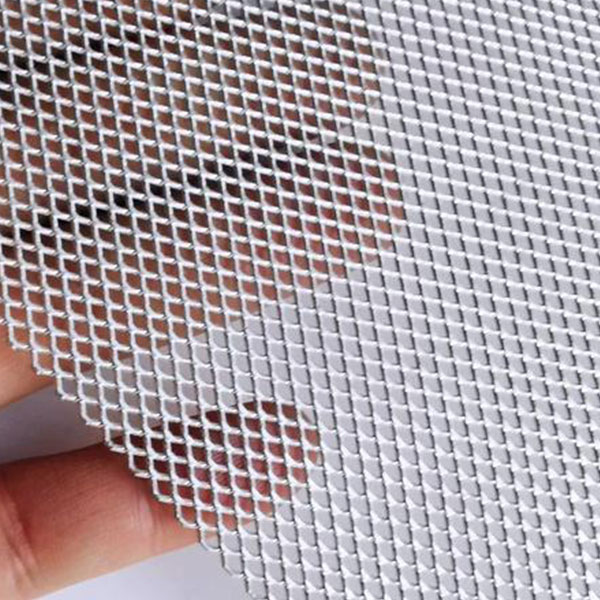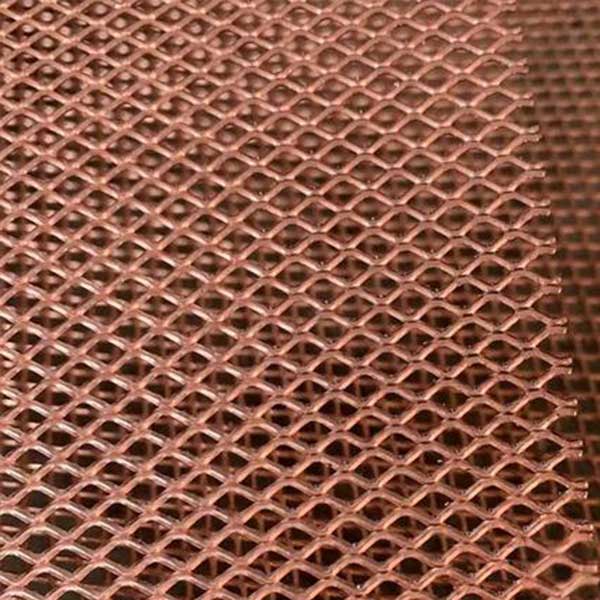Applications of Stainless Steel Expanded Metal Mesh
What is stainless steel expanded metal mesh
Stainless steel expanded metal is a type of mesh made from stainless steel sheets which are specially cut and stretched to form a mesh pattern. The material is especially good at resisting rust and corrosion. So this solution is ideal for many different uses, including both practical and decorative purposes.
Applications in Architecture
Stainless steel is widely used in architecture due to its durability, aesthetic appeal, and corrosion resistance. It is not surprising that it is a suitable material for expanded metal. Stainless steel expanded metal finds its place in various applications.
Facade cladding. Stainless steel is often used for facade cladding due to its sleek, modern appearance and its ability to withstand harsh environmental conditions without deteriorating. It can be finished in various ways, such as brushed, polished, or textured, to create unique visual effects on buildings.
Fencing. Its robustness makes it ideal for secure, durable fencing that is resistant to weather and wear. It is also visually appealing, which makes it a popular choice for both safety and design.
Sun screens. Expanded metal can be used to create sun screens and shades that protect against direct sunlight and allow natural light to penetrate, helping to manage heat and light in building interiors.
Decorative elements. Architects often use expanded metal for decorative elements, utilizing its range of patterns and finishes to enhance aesthetic and architectural interest.
Applications in Furniture and design
Stainless steel expanded metal mesh is a versatile material in furniture and spatial design, valued for its unique blend of strength, visual lightness, and modern aesthetic. It is commonly used to create furniture with a sense of transparency and in interior design to define spaces without making them feel closed in.
The use of stainless steel mesh extends across various settings, from homes to commercial spaces, often serving both decorative and highly functional roles.
Furniture Construction: A prime example is the Mesh Sofa, where the seating surface is made from a slender curved metal mesh that conforms to the body's contours. This design provides a supportive seat while the open grid creates visual transparency. The mesh is typically combined with a solid frame, often made from 40mm thick mirror-finished stainless steel tubing, which reflects the surroundings and enhances the lightweight, "floating" effect of the upper structure.
Spatial Partitions and Ceilings: In interior design, metal mesh is widely used for space division and ceiling design. Its porous structure allows light and air to pass through, making it ideal for creating semi-private areas in offices or commercial settings without completely blocking views or light. Designers also use it to create dynamic ceilings; for instance, a wave-shaped metal mesh ceiling with integrated lighting can mimic a starry sky at night.
Material Hybrids: To add warmth and tactile variety, designers often mix metal mesh with other materials. This can include heat-transferring wood-grain films onto the mesh or embedding materials like linen or wool fibers to create unique composite textures.




